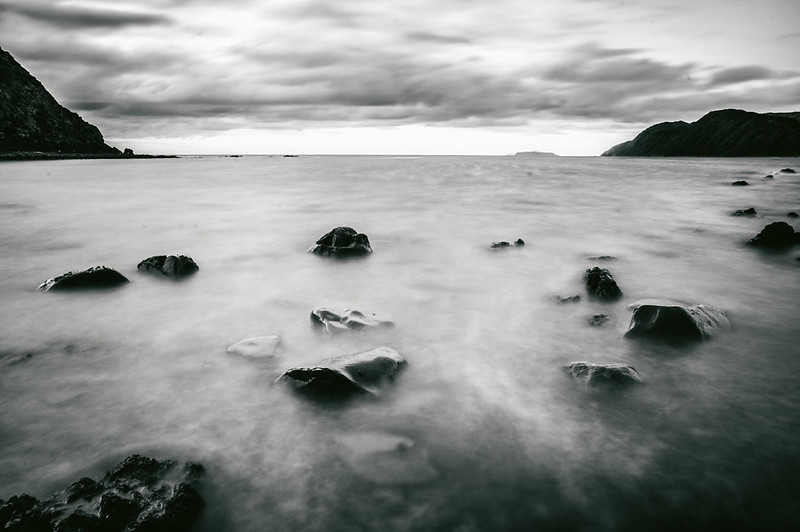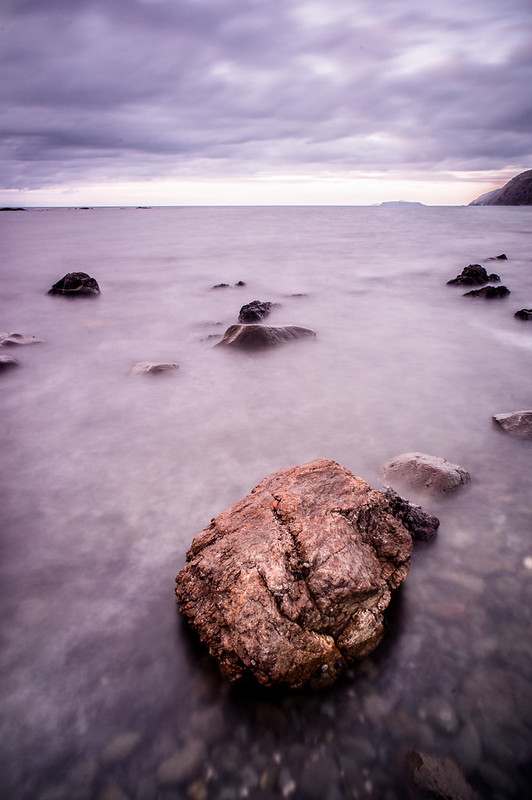If you like this post, help us share it
When it comes to shooting portraits, there are a lot of gear that we use to create the perfect images, reflectors, soft boxes, beauty dishes, ring lights, strobes, just to name a few. Likewise for landscape photography, we have filters, filters and more filters. If you are a frequent landscape shooter, I recommend you to invest in a good filter system. Filters are pretty much a must in creating great landscape images. Cokin and Singh Ray make great filter system, you will need an adapter ring to connect the filter holder on to the lens. The size of the adapter ring is related to the filter thread size of the lens. In general, the Cokin P series filter system or equivalent works great for DSLRs.
You can then slide the filter on to the filter holder, depending on the type of the filter holder you have, you can stack more than one filter together. There are so many filters out there for the different types of image effects. For most people, starting with Graduated (GND), Neutral Density (ND) and Polarizer (PL) filters will cover 90% of your landscape needs.
For those who shoot landscape occasionally, you can actually hand held the filter, so you don’t need to use the filter holder. It is a rather easy method, but you wouldn’t want to hold it for half a day.

The graduated filters typically have the bottom half of the filter clear (simply no lost of light) and the top half 1 stop to 3 stops neutral density to reduce the light intensity. This is most often use when part of the sky is framed in the image. Using a 2 stops or 3 stops (GND4 or GND8) will help to reduce the exposure of the sky. A 3 stops filter is rated to reduce the light intensity by eight.
Another a must have filter is the neutral density filter, unlike the graduated which has half of the filter clear, the neutral density filter is greyed from the top to bottom to reduce the light intensity entering the camera. Because not all the intensity of the wavelengths (colour) of the light are reduced equally, some filters do give a colour rendition (hue) to the image, particularly the cheaper quality filters, so pay attention to this side effect.
Neutral density filter is great for landscape, it allows you to create long exposure (drag your shutter), so you can shoot in seconds and minutes even on a reasonable bright day. Instead of shooting at f/22, you can shoot at f/8 with a 3 stops ND filter. Instead of one second, you can shoot at eight seconds. One special effect that you can create with shutter drag (long exposure), is smoothing out or slowing down water. It gives a very calm and floating kind of illusion to your image.
A good shutter speed for this effect is 30 seconds or longer and usually you will need to use one or even two ND filters stacked to get that shutter speed during day light. Hoya makes an ND400 (9 stops ND) which is perfect for long exposure, dragging your shutter to minutes. A strong and stable tripod is a must for shooting long exposure.

In these images here, I have stacked a GND8 and ND8 filters together to reduce the light of the sky by 6 stops and reduce the light of the foreground by 3 stops. This allows the sky to match the exposure of the foreground and slows the shutter enough to create the smoothing effect of the water.

Where can I find the equipment seen on this site?
If you find this site useful and planning to purchase any of the equipment seen on this site, please show your support by purchasing your photo equipment at B&H Photo Video, or through any of the affiliate links seen on this site.

